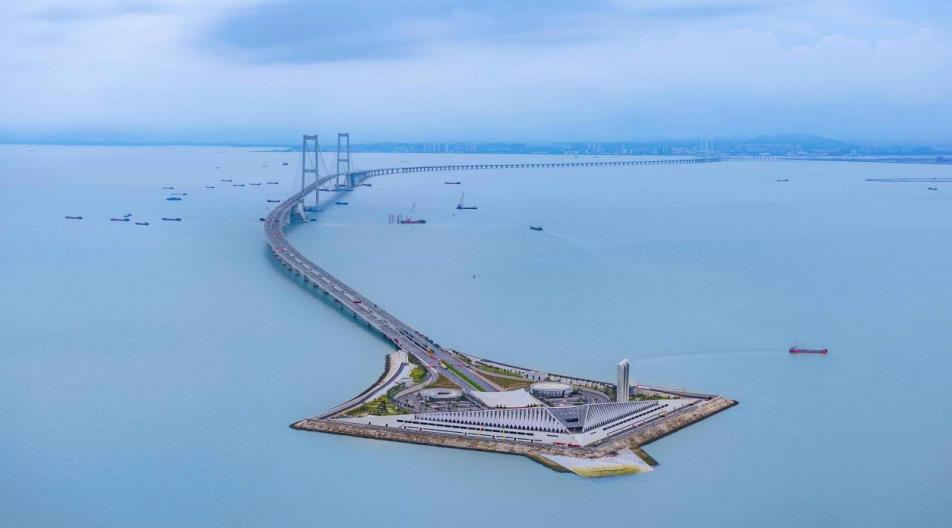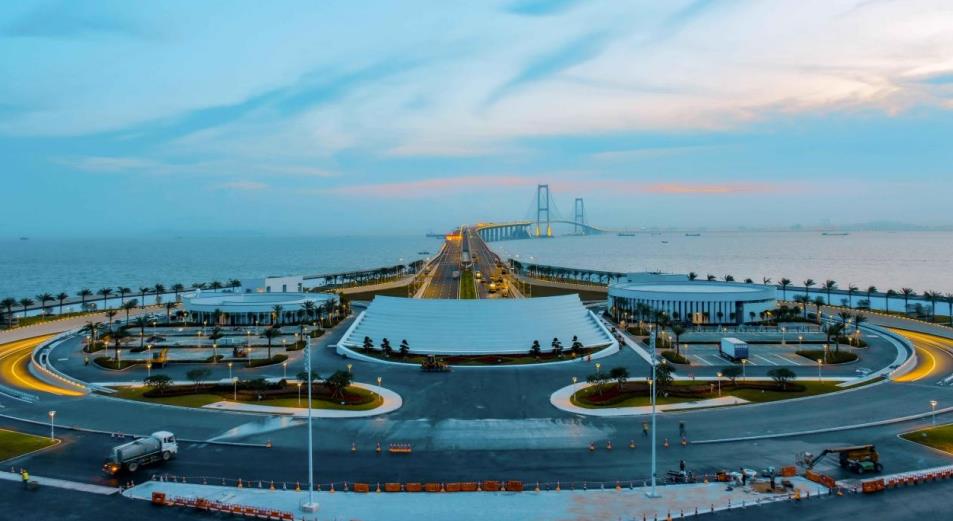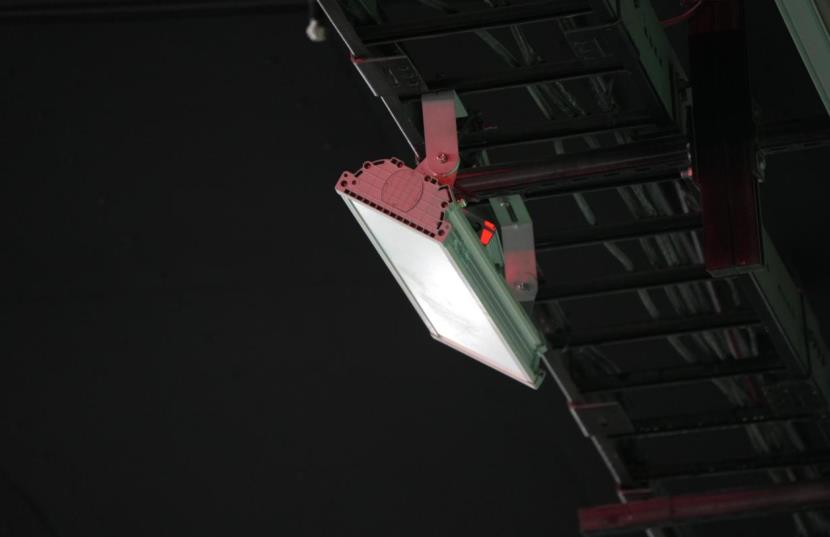Sansi LED: Sustainable LED Lighting and Integrated LED Display
Delivering premium and professional LED Display, LED Lighting, Smart City Integration solutions, trusted by over 60,000 companies worldwide everyday. From industrial lighting to commercial lighting, from outdoor advertising to XR & VR production, Sansi LED greatly improves the quality and sustainability of your business with 30 years of expert experiences.
As a world-class cross-sea cluster project connecting the Guangdong-Hong Kong-Macao Area, the Shenzhen-Zhongshan Link(SZL) is located in the Lingdingyang sea area of the Pearl River Estuary, facing multiple extreme environmental challenges such as strong corrosion, high humidity and heat, and long-term vibration. The tunnel section, as the core traffic area, poses nearly stringent requirements on the reliability, durability, and safety of the lighting system. Relying on its reflective lighting technology and comprehensive environmental protection system, Sansi LED tunnel lights, with their durable quality, have been successfully applied to super projects such as the SZL and the Hong Kong-Zhuhai-Macao Bridge, becoming the preferred solution for cross-sea tunnel lighting.

Four Extreme Challenges Faced by SZL Lighting
1.High Salt Fog and Strong Corrosion
l Environmental Data: The annual average salt fog deposition is 3.5mg/dm²·d (four times the national standard GB/T2423.17), and chloride ion penetration accelerates metal oxidation.
l Industry Pain Point: Traditional aluminum heat sinks are prone to corrosion, leading to failure of lamp sealing, accelerated light decay, and an average lifespan of less than three years.
2.High Temperature and High Humidity Environment
l Operating Environment: Temperatures inside the tunnel reach over 50°C in summer, with humidity consistently above 95%, causing electronic components to be susceptible to moisture-induced short circuits.
l Performance Risk: The heat dissipation efficiency of ordinary lamps drops drastically. When the LED junction temperature exceeds 85°C, the light decay rate increases by 300%.

3.Strong Ultraviolet Radiation
l UV Intensity: The peak UV index at the surface reaches 11 (extremely high level), making plastic components prone to yellowing and brittleness.
l Material Challenge: The light transmittance of conventional PC lenses decreases by 40% over three years, causing insufficient illuminance and distortion in light distribution.
4.Continuous Mechanical Vibration
l Traffic Load: An average of 100,000 vehicles pass daily, causing micro-vibrations in the structure, and lamp connectors are prone to loosening and falling out.
l Safety Threat: Traditional bolt fixing methods pose a risk of falling, threatening traffic safety.
SZL Immersed Tube Tunnel: Benchmark for Full Lifecycle Value
Stringent Indicators:
l Designed illuminance maintenance rate: ≥90% for five years and ≥80% for ten years.
l Salt fog resistance rating: ISO 9227 C5-M level.

Defining a New Paradigm for Cross-sea Tunnel Lighting with the Standards of Major National Projects
As a national strategic project, the SZL's lighting system must not only withstand extreme environments but also support the century-long operation of the Greater Bay Area's transportation network with high reliability, low energy consumption, and maintenance-free characteristics throughout its lifecycle. Sansi LED tunnel lights, leveraging reflective lighting technology and a dedicated protection system for cross-sea projects, have delivered high marks in super projects such as the Hong Kong-Zhuhai-Macao Bridge and the SZL, redefining the standards for cross-sea tunnel lighting.
